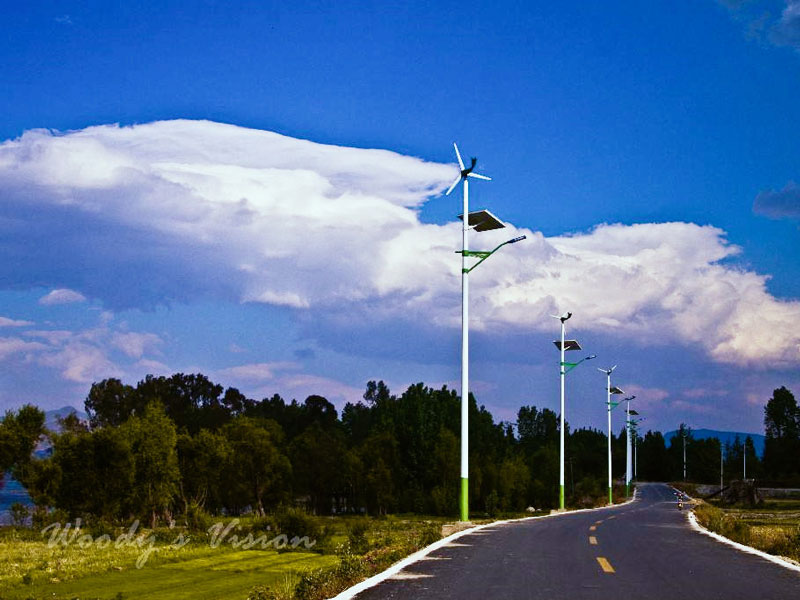In the solar photovoltaic system, the solar energy controller is used to coordinate the solar energy battery panel, accumulator, and load to ensure the whole solar photovoltaic system functions efficiently and safely. The solar streetlamp controller is the most central part in the whole solar streetlamp system. Choosing the right solar street light controller is crucial for the optimal performance and longevity of your solar street lighting system.
Considerations for choosing the solar streetlamp controller
First, complete protection functions are necessary, such as storage battery charging overvoltage protection, discharge undervoltage protection, reverse connection protection, LED output short-circuit protection, and lightning protection. Meanwhile, the controller with the two-circuit regulatory power. So far, the controller with the power regulation function has found wide applications. When there are not too many people walking at night, one circuit or two circuits of lighting can be automatically turned off to save electricity. At the same time, the LED light power can be adjusted. Apart from the above electricity-saving function, attention should also be paid to the controller's protection of modules, including the accumulator. For example, the controller of the trickle charge mode can well protect the accumulator, and lengthen the accumulator's service life. Additionally, when the controller undervoltage protection value is set, try to adjust the undervoltage protection value to ≥11.1V to prevent the accumulator from over-discharge.

The higher the charge efficiency of the solar streetlamp controller and the efficiency of the constant current to drive LED are, the better. A higher charge efficiency can save the solar cell panel and the charging hours, and high efficiency of the constant current to drive LED can reduce the accumulator's electricity consumption, thus ensuring more energy conservation and environmental protection. The controller with a low power consumption should be chosen to work for 24 hours uninterruptedly. If its power consumption is huge, it will consume part of the electricity voltage. Therefore, the controller whose power consumption is below 1 mAh is preferred.
The solar streetlamp controller should be equipped with light control, three-time-period control, light-dimming, intelligently-driven LED, and high-precision control. High precision is a comprehensive reflection of product design and reflection of favorable material selection and refined production process. The solar streetlamp controller without precision control is usually sold at a low price but is found with a high repair rate and poor reliability because of unreasonable product design and use of poor materials.
Analysis of the charging technology
There are two prevailing charging technologies for the current off-grid solar controller, namely MPPT and PWM. Technologically, MPPT has an edge over PWM, the charging efficiency of the former is around 10% to 30% higher than that of PWM. However, the cost of MPPT is also higher. Additionally, whether PWM or MPPT should be used in a specific engineering project should be decided by the specifications of the solar panel and accumulator.
Voltage specifications of solar panel
The voltage specifications of the portable solar panel are fixed for the PWM solar streetlamp controller. The working voltage for the 12V accumulator is 17.5V, which is twice that of the 24V accumulator. The value is generally fixed and unvaried. The MPPT controller is relatively flexible. As long as the solar panel voltage does not exceed the maximum voltage of the controller, the charge is viable. For example, when the solar panel's open-circuit voltage is 50V, it can directly charge the 12V accumulator. But the PWM controller cannot do it. Therefore, in choosing the controller type, one should consider the solar panel voltage.
If the solar panel is far away from the accumulator, one should also consider the issue of line loss. In terms of the solar panel of the same power, the higher the voltage is, the smaller the voltage and line loss is. From this perspective, the solar panel of a high voltage has a greater advantage in using the MPPT controller.
Therefore, the selection of the MPPT solar charge controller or PWM solar charge controller depends on the voltage and power of the solar panel, the voltage of the accumulator, and the price of the controller.
